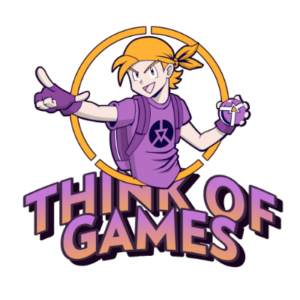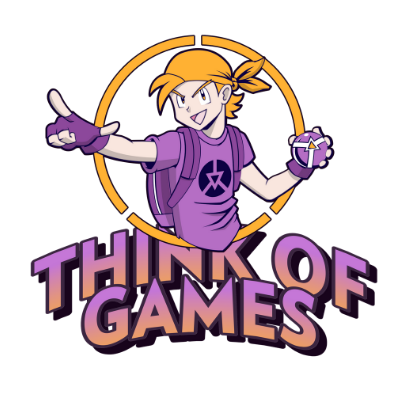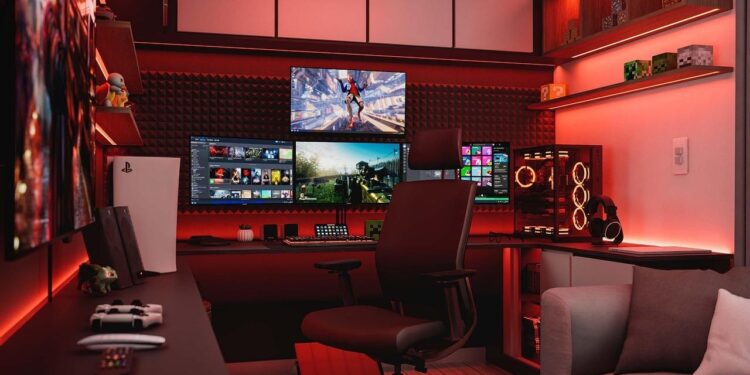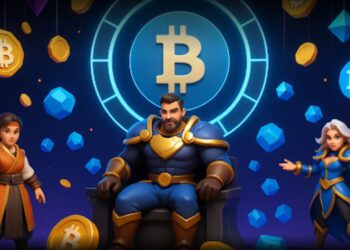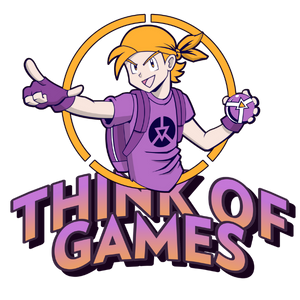Crypto rise was sudden, explosive, and everywhere. Its benefits were something new and exciting, but now, as the dust has settled, it’s time to analyze it with a level-headed approach. Developers and investors in the gaming industry are heavily implementing crypto, but can it really substitute traditional methods that have supported the industry so far?
Payments In Transition
The way players fund their accounts mirrors this broader tension between idealism and practicality. Crypto payments bring freedom and speed, yet they can also unsettle new users. Once a transaction happens, there’s no undo button. Traditional payments—credit cards, bank transfers, online wallets—still dominate because they’re simple and predictable. Players know what it means to deposit using a credit card, and they trust that flow.
In cross-border contexts, crypto payments genuinely shine. They cut through restrictions and exchange delays, letting players from different parts of the world trade or join tournaments without the hassle. But volatility remains an issue. The same coin worth fifty dollars today might buy you only half as much tomorrow. Stablecoins try to fix that, though the ecosystem hasn’t fully stabilized around them either. The hybrid model—accepting both traditional and crypto payments—feels more grounded. It recognizes that most players want flexibility, not ideology.
Players At The Center
People often say decentralization returns control to players. There’s some truth there. Centralized studios have long decided how worlds evolve and how much items are worth. Yet players are the ones who give value through time and attention. A rare skin only matters because players make it matter. Decentralized systems try to make that relationship visible and measurable.
Still, not everyone wants that kind of involvement. Some just want to play, not deal with market dynamics or token prices. A few games have already seen players lose money because of sudden market drops. That’s the uncomfortable part of mixing gaming and finance—it blurs why people show up to play in the first place.

( source: https://pixabay.com/illustrations/ai-generated-gaming-keyboard-rgb-9161446/ )
The Big Idea Behind Decentralized Games
On paper, like most ideas, decentralized gaming is wonderful. Game ownership has been a hot topic recently, and decentralized gaming systems seemed like an answer. The core idea is simple. If you buy something in the game, whatever it is, it’s yours to keep, forever. It’s stored on the blockchain, belonging to you, and it’s not huddled away at some company’s server. In theory, this gives more player agency and allows them to trade any aspect of the game.
In practice, just like crypto, it’s volatile, and turns the games into assets and not experience. Also, freedom comes at a price. Players must now manage more digital wallets, memorise more recovery phrases, and worry about transaction fees. Managing their decentralized gaming assets becomes a second job, and one that rarely pays.
The Financial Layer: Promise And Confusion
In practice, crypto tokens swing up and down like small stocks. It’s not unusual to see a game’s currency lose half its value within a week. In 2022, some blockchain gaming tokens fell by over 60% in trading volume within months. It showed how much of the early rush was speculation, not sustainable design.
There are still developers treating blockchain as a quiet backend tool rather than a selling point. They use it to secure trades, verify fairness, or build shared ecosystems. That’s a steadier approach. It doesn’t depend on hype. It just uses decentralization, which solves problems, like preventing item duplication or manipulation in competitive settings.
Gameplay Before Infrastructure
One recurring mistake in decentralized gaming is starting from the tech instead of the fun. Too many projects push tokenomics first, then try to wrap a game around it. Players feel that right away. They can tell when engagement is meant to feed a market instead of a story or a world.
Some titles are breaking that pattern. Games like Illuvium and Big Time experiment with high-quality graphics and balanced design while still offering blockchain-backed ownership. A game like Hamster Kombat is the first gaming-focused layer-2 blockchain game in the industry. Such examples suggest that decentralization doesn’t have to mean compromise. Yet they’re still exceptions, small signals amid a sea of unfinished prototypes and abandoned roadmaps.
Technical friction adds to the challenge. Setting up wallets, connecting to the right network, dealing with fees—it’s exhausting for casual players. A good game should open fast, not ask for a tutorial on crypto security before the first quest.
The Community Effect
Community management takes on new meaning in decentralized games. Players don’t just comment on updates—they sometimes vote on them. Governance tokens let users influence what gets built next. It’s a novel idea that can foster loyalty, though it can also spiral. When everyone has a voice, decisions can slow or tilt toward short-term thinking. Players are pushing for quick payouts or inflated rewards that damage balance. Democracy sounds romantic, but games still need vision and structure. Without it, governance becomes noise.
Sustainability And Scalability
The early criticism around blockchain energy use still lingers. Even though proof-of-stake systems have cut energy consumption by over 99%, perception changes more slowly than technology. Many players still see blockchain as wasteful. On top of that, scalability remains a problem. When traffic spikes, transaction fees rise, and gameplay stalls. Until these systems feel seamless, decentralized gaming will struggle to reach the simplicity of a standard login-and-play experience.
